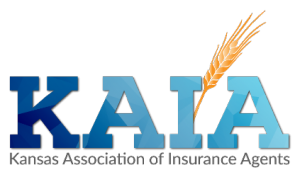7 Strategies for Safer Schools
When you think of a school security threat, what comes to mind? An active shooter? While the possibility of a school shooting is a potential risk, it is not the leading cause of loss in schools. Medical emergencies, weather events or issues with non-custodial parents are much more likely to occur, yet schools don’t always spend the time they should addressing these issues. Check out these seven strategies to help prepare your school for all types of emergencies.
1. Create Natural Access Control
Natural access control is a design process that allows faculty members to monitor visitors within the building. One way this can be done is by placing the school office near the main entrance to the building and requiring visitors to check in. Creating natural access control will help reduce the possibility of intruders or unexpected visitors from entering the building.
2. Improve Common Areas within the School
Improving the common areas within the building can build better relations between the faculty and students and create a positive learning environment. Many schools have implemented buzzer access systems or security cameras to their buildings. These systems improve school security but also can make the school feel less welcoming. Allowing students to design murals in common areas such as hallways, cafeterias and restrooms can help make schools inviting again.
3. Empower Employees
Empowered employees are more likely to have the ability to successfully handle a crisis and take action when necessary. You can help empower your employees by creating a detailed emergency plan that specifically outlines the employees’ role during the crisis. Making sure your employees understand the plan and know what is required of them will allow them to act quickly.
4. Review Emergency Plans
Take time each year to review your current emergency plans. Medical emergencies are the most common cause of student deaths. You can be prepared for a medical emergency by training employees on how to use equipment and storing these items in a safe location. Your emergency plans should include what to do in the event of an active shooter but also focus on more common emergencies.
5. Conduct Annual Assessments with Emergency Personnel
Public safety officials are able to spot potential hazards that can easily be missed if you are not skilled in searching for them. They are also aware of local hazards that could pose a threat. Providing public safety officials with up-to-date blueprints of the building will allow them to respond more efficiently in the event of an emergency.
6. Strengthen Student Supervision Techniques
Adding an extra playground monitor, teacher in the lunch room or faculty member standing in the hallways between class periods can make a significant difference in the amount of reported illicit student behaviors. Students will be less likely to engage in inappropriate behavior or bullying if they are being supervised. Increased supervision will also allow for faculty members to respond more quickly to accidents and emergencies.
7. Use an Incident Reporting and Tracking System
Reporting systems allow students and staff to report safety concerns to administration anonymously. EMC provides a free online incident reporting and tracking system specifically designed for school use. Check out this brochure to get signed up.
